Expert Water Damage Restoration Services in Your Area
When dealing with water damage in your home or business, time is of the essence, and the selection of the right professionals to handle the situation can make all the difference. Water damage, whether due to natural disasters, appliance malfunctions, or plumbing issues, requires immediate and effective intervention. In this blog, we'll explore how expert water damage restoration services can help mitigate these issues swiftly and efficiently.
How Quickly Can Water Damage Restoration Professionals Respond To Emergencies?
One of the most critical factors when facing water damage is the speed of response. The quicker a team can respond, the less damage will occur. Most professional water damage restoration companies understand this urgency and often offer 24/7 emergency services. Typically, these professionals can arrive on-site within an hour or two. This rapid response is crucial to prevent further damage, such as the spread of moisture to unaffected areas, the growth of mold, and the deterioration of structural elements.
The efficiency of the response not only depends on the quickness but also on the readiness of the team. Equipped with state-of-the-art tools and techniques, these experts can start the mitigation process immediately, ensuring that water extraction, dehumidification, and other necessary steps are initiated promptly.
What Types Of Water Damage Does Professional Restoration Typically Cover?
Water damage can manifest in several forms, each requiring a specific approach for effective restoration. Professional services typically cover:
- Clean water damage, which involves water that does not pose any health threats (such as water from rain or leaking pipes).
- Gray water damage, which includes water that contains some degree of contaminants, making it harmful if consumed (such as water from appliances, showers, or sinks).
- Black water damage, the most hazardous, involves water that contains harmful organisms and toxins (like sewage or floodwater).
Professional restoration teams are equipped to handle all these types, implementing tailored solutions that not only restore the property but also ensure that any health risks are appropriately managed.
Are There Specific Certifications Or Qualifications To Look For When Hiring A Water Damage Restoration Company?
When selecting a water damage restoration service, verifying their certifications and qualifications is vital. These credentials are an indicator of the company’s ability to perform restoration tasks effectively and safely. The most recognized certification in the industry is from the Institute of Inspection, Cleaning, and Restoration Certification (IICRC). This organization sets the standards for the cleaning and restoration industry, including water damage restoration.
Companies certified by the IICRC have demonstrated their expertise and commitment to ongoing education and compliance with the industry’s standards. It’s also beneficial to check if the company is licensed and insured, which protects both the homeowners and the workers in case of accidents or further damage during the restoration process.
What Are Common Causes Of Water Damage, And How Do Professionals Address Them Effectively?
Water damage can be caused by a variety of issues, from natural disasters like floods and storms to household mishaps such as burst pipes or appliance leaks. Recognizing the common causes can help in preventing potential damage and in taking swift action when water damage occurs.
- Natural disasters: Professional restorers can help by fortifying the property against potential damage through preventative measures and by providing quick restoration services post-event.
- Plumbing issues: Regular inspections and maintenance from professionals can help detect and fix issues before they lead to significant damage.
- Appliance leaks: Regular checks and maintenance of appliances like washing machines, dishwashers, and water heaters can prevent leaks.
- Roof leaks: Ensuring your roof is regularly inspected and maintained, especially after heavy storms, can prevent water from seeping into your home.
In addressing these issues, professionals use a combination of advanced technology and proven strategies. Water extraction units, high-powered dehumidifiers, and moisture meters are commonly used to remove water and moisture effectively. Moreover, antimicrobial treatments might be employed to prevent mold growth, and air scrubbers may be used to cleanse the air of airborne contaminants.
Expert water damage restoration services are crucial in efficiently managing and mitigating water damage emergencies. By understanding how these professionals respond to emergencies, what types of damage they cover, the qualifications they should have, and the common causes of water damage, homeowners can feel more prepared and assured in the face of potential water-related disasters. If you find yourself needing such services, remember that the promptness of your response in hiring the right professionals is just as important as their promptness in arriving on the scene.
Choose United Water Restoration Group of Charlotte for Reliable Water Damage Solutions
When it comes to protecting your property from water damage, choosing the right restoration service is paramount. At United Water Restoration Group of Charlotte, we pride ourselves on our dependable services, rapid response times, and high-quality outcomes. Our dedicated team of experts is equipped with the latest technology and has extensive training in all aspects of water damage restoration. Here’s why we stand out as your best choice:
- Immediate, Around-the-Clock Response: Understanding the urgency of water damage, our lines are open 24/7. Whether it’s a holiday or the middle of the night, our emergency response team is ready to assist you. We guarantee to be at your door within an hour of your call, ensuring that we start the mitigation process swiftly to minimize damage.
- Comprehensive Services for Every Type of Water Damage: Whether you're dealing with clean, gray, or black water damage, our team has the expertise to handle it. We not only focus on the immediate removal of water but also on the thorough drying and sanitizing of the affected area to ensure your environment is safe and clean.
- Certified and Experienced Professionals: Our team at United Water Restoration Group of Charlotte is IICRC-certified, demonstrating our commitment to following the highest industry standards. With continuous training and certification updates, our experts are equipped to tackle any challenge that water damage might pose.
- Customer-Centric Approach: We understand that experiencing water damage can be stressful. That’s why we focus on clear communication and empathetic service. From the initial assessment to the final touches of restoration, our team keeps you informed and involved, ensuring your needs and concerns are addressed promptly.
Frequently Asked Questions
What are the costs associated with water damage restoration?
The cost of water damage restoration can vary widely depending on the scale of damage and the type of water involved. Typically, homeowners can expect the price range to be between $1,200 and $5,000, with extensive damages reaching upwards of $10,000. We offer a free initial assessment and provide a detailed estimate, so there are no surprises.
How long does the restoration process take?
The duration of the restoration process depends on the extent of the damage and the specifics of the property. On average, it can take anywhere from a few days to several weeks. Our team at United Water Restoration Group of Charlotte works diligently to restore your property as quickly as possible without compromising on quality.
Can water damage lead to mold?
Indeed, mold can flourish in areas that have seen water damage and have not been adequately treated in a timely manner. The ideal circumstances for mold growth can be achieved within one to two days. Our restoration process includes measures to prevent mold growth, ensuring your space remains healthy and safe.
Do you work with insurance companies?
To make sure our clients' claims procedure goes off without a hitch, we do in fact collaborate closely with the majority of insurance providers. In addition to carefully documenting the damage, we will also assist you in navigating the claims procedure.
Need Help With Water Damage Restoration Services in Your Local Area?
If you're facing water damage, don’t wait. Contact United Water Restoration Group of Charlotte today. Our expert team is ready to restore not only your property but also your peace of mind. With our professional expertise, swift action, and commitment to your satisfaction, we are here to help you navigate through this challenging time.
Call us now or visit our website to schedule your free consultation and take the first step towards a fully restored home or business.
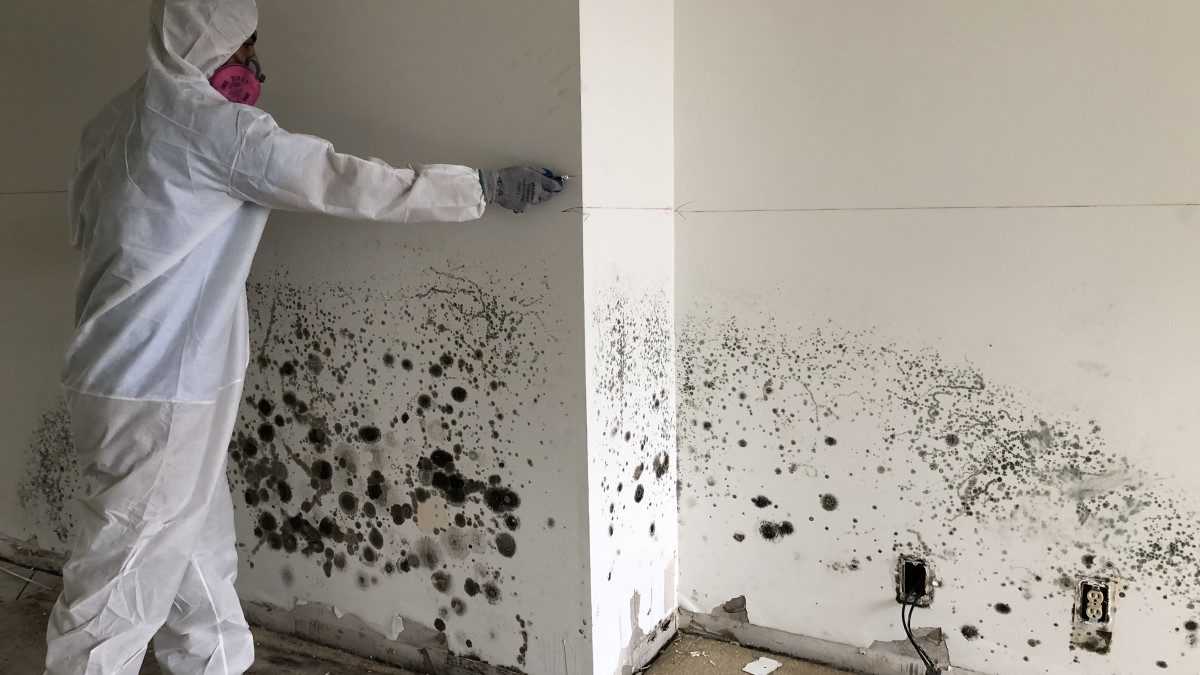
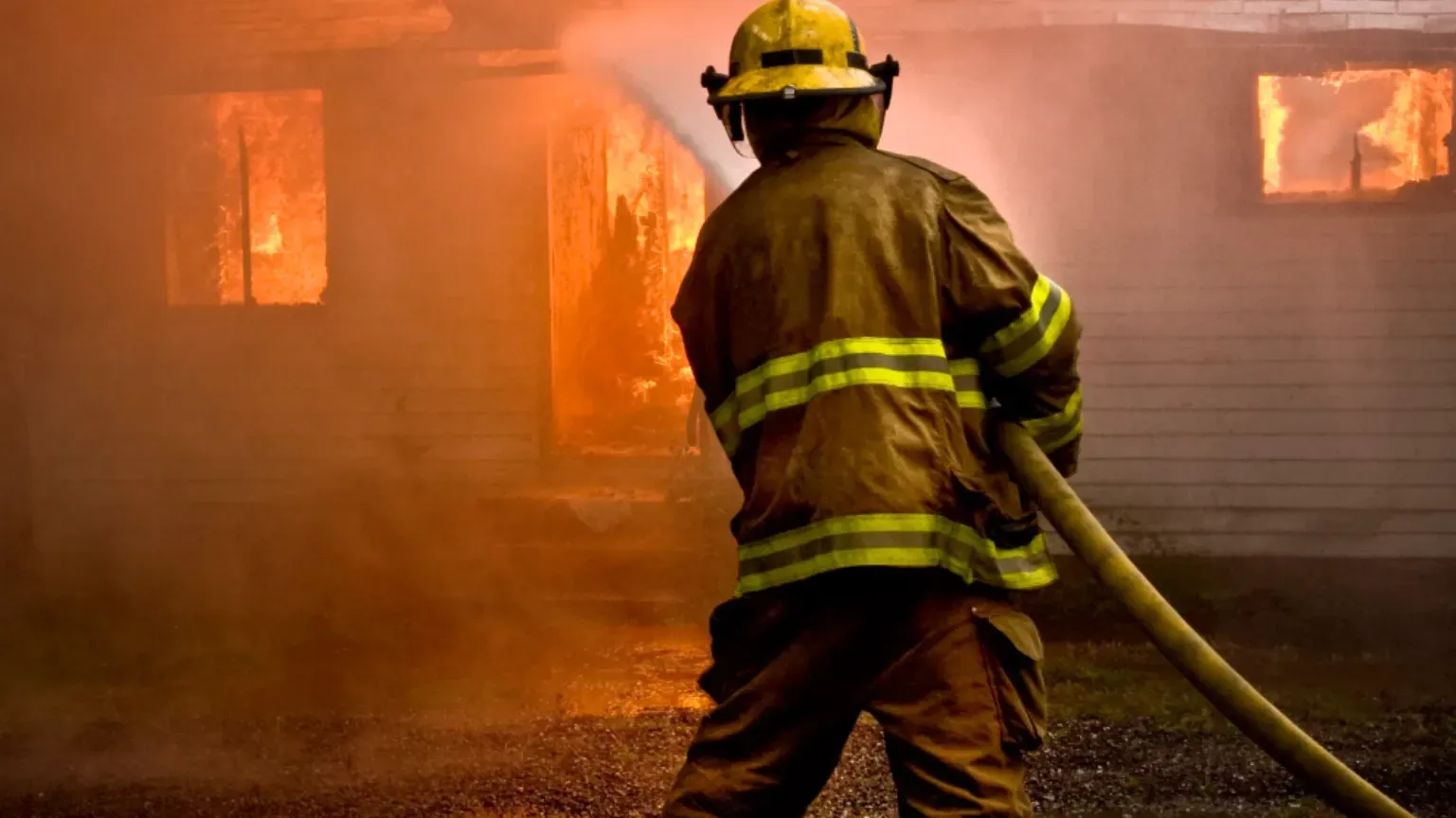

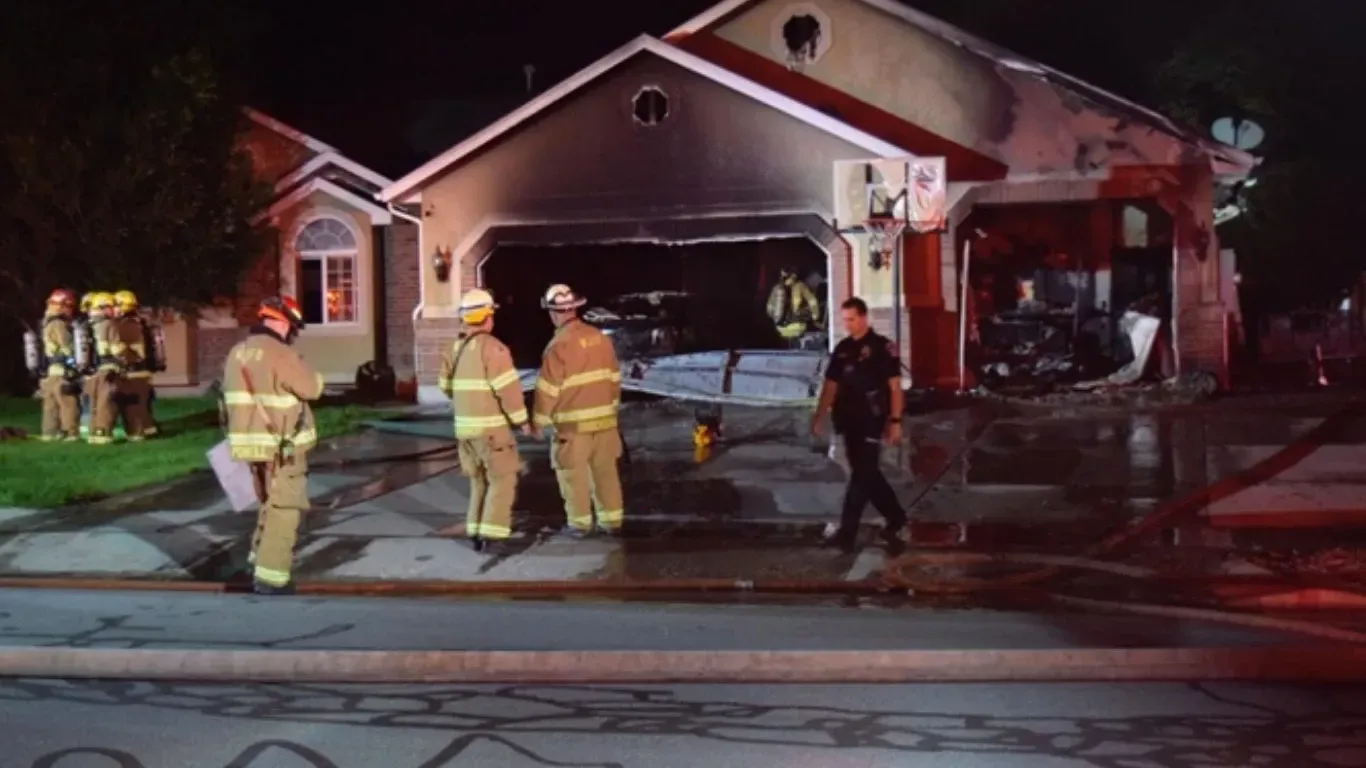

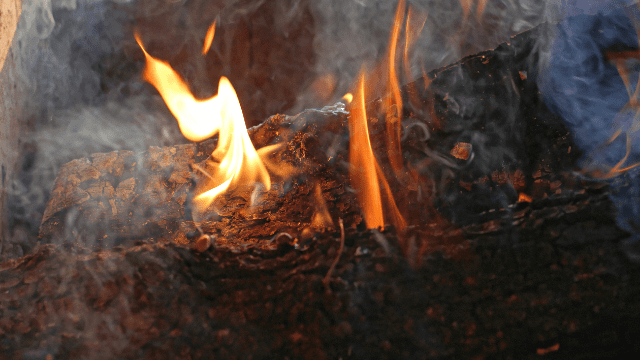
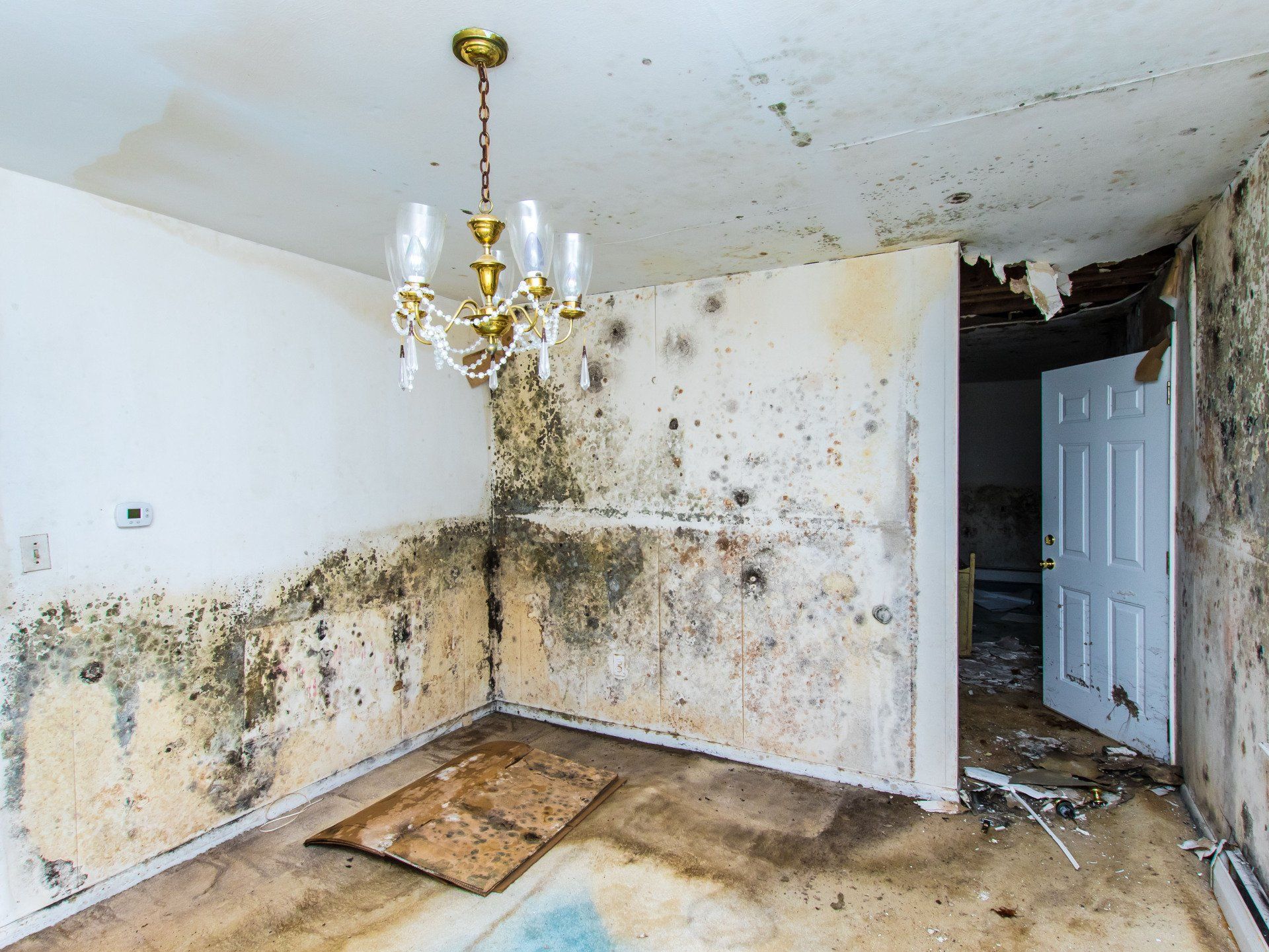
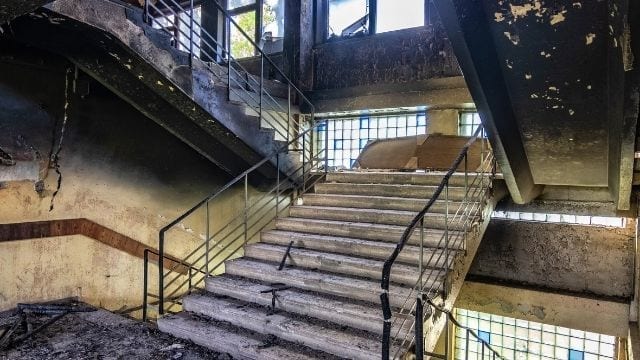


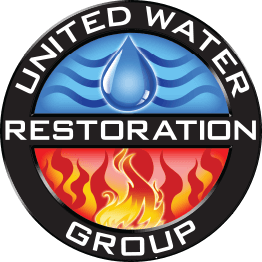
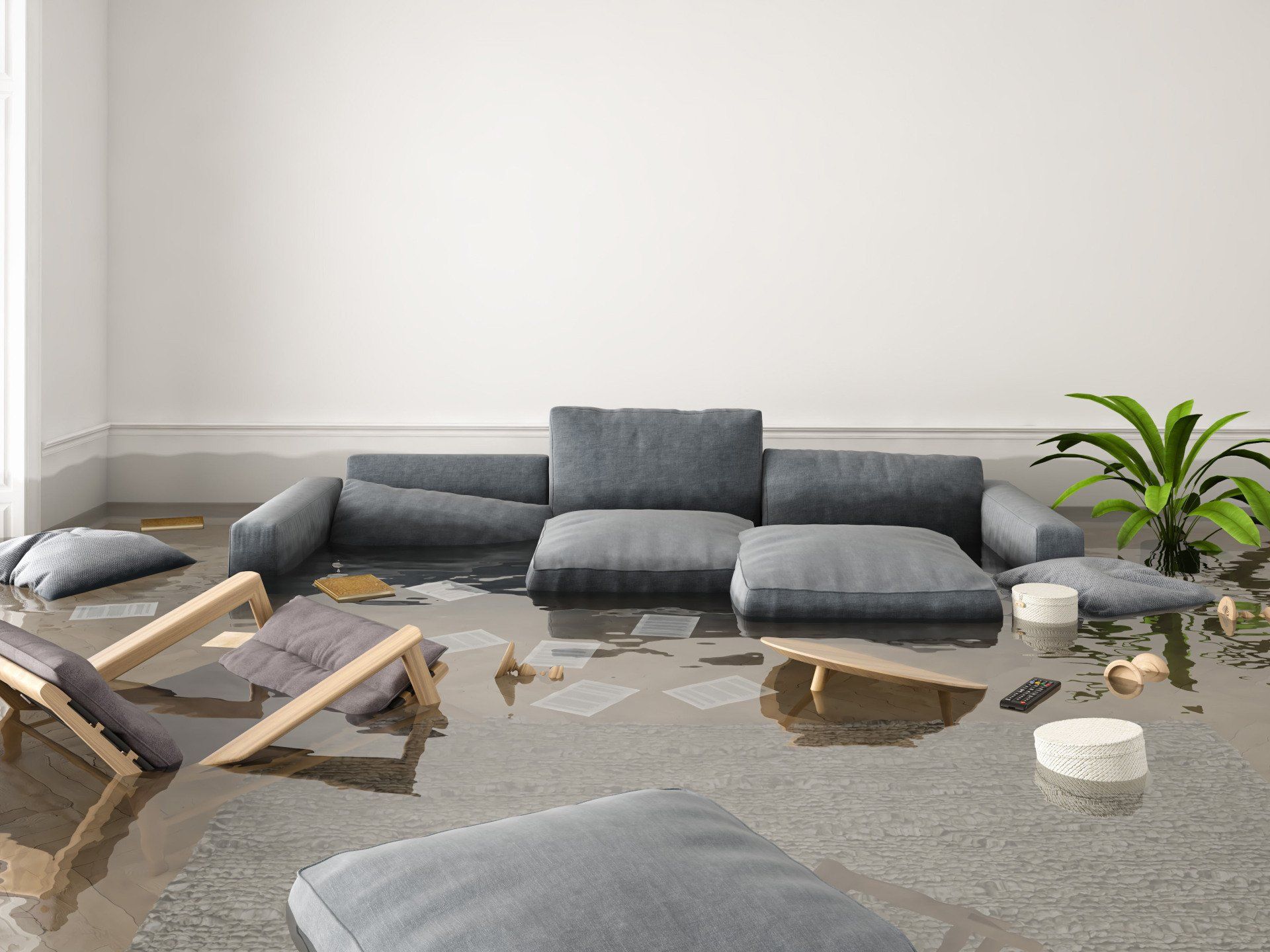
Share On: